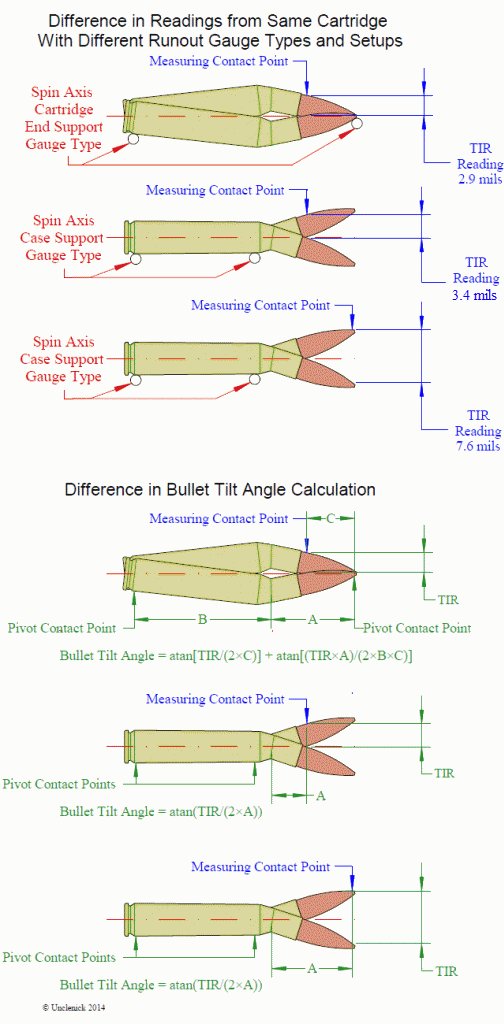Turtlehead,
The Co-ax press is the way to go if the press is to be responsible for the alignment work. However, your existing equipment, with the Redding Seater, should be able to do very well. I like the Co-ax for rifle because stopping to trim and using a non-standard sizing method all suits batch loading better than progressive loading for precision slow fire ammo. For rapid fire or volume shooting of combat accuracy, the progressive if fine.
Can you be more specific about which dies you have? The Competition Die line include the Competition Seater Die (best made, IMHO), but there is more than one sizing die choice, such as the S-type FL sizer and the S-type Competition Neck Sizing Die, and the standard sizing die. The S dies come with expanders and a decapping pin retaining button and you have to pick one or the other. The button is preferable as bottleneck die neck expanders tend to pull case necks off-axis and this can cause the runout you have. I am typically getting half or less of the TIR you are reporting, but I am not pulling necks over expanders any longer. For an example of what due pull-over expanders do to case necks,
see this video and note the fellow is using a Co-ax press, so the neck runout he gets from a die with an expander is not eliminated by having that nice press.
I have a Redding standard FL sizing die I used in .30-06 for long time. In that die I replaced the expander with a carbide expander, which produces less friction with the brass. That reduced neck runout considerably, and is one option you have. These days, for precision match loads I use either a Lee Collet Neck Sizing Die as shown in the video, and a Redding Body Die (which doesn't size the neck) to bump the shoulder back slightly, or a Redding S Die with a bushing selected for the lot.
The bottom line here is that you could have the best press and dies in the world, but if you are pulling necks over an expander, you can still have runout issues.
Here's an illustration I made to show how neck tilt relates to runout and TIR on different types of measuring gauges.

